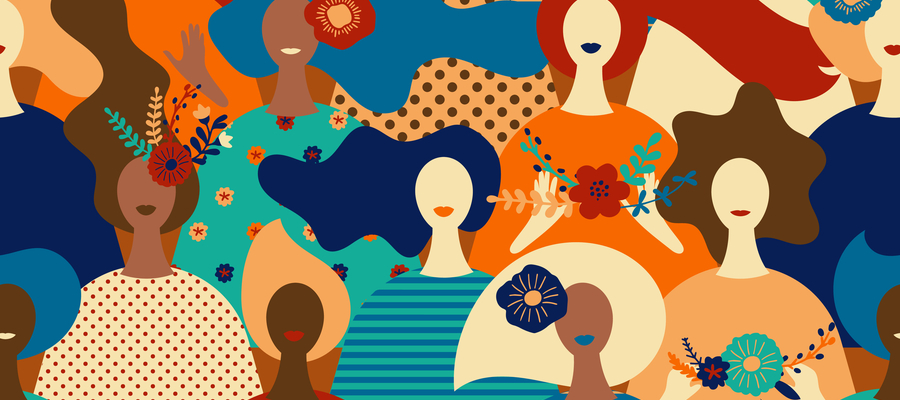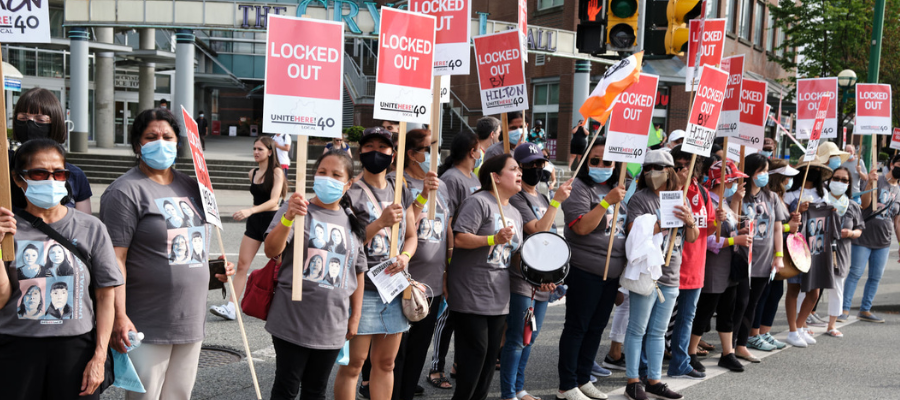BC’s human rights inquiry into hate incidents better late than never

Last month, BC’s Office of the Human Rights Commissioner (BCOHRC) announced it had been monitoring incidents of hate and white supremacy, noting a significant increase in reported hate-related incidents throughout BC since early 2020.
According to their terms of reference, the Human Rights Commissioner will launch an inquiry into hate incidents, examine causes of the apparent rise in cases, appraise the nature of hate incidents experienced by individuals and communities, and specify policies and actionable pathways public and private institutions can take to eliminate and prevent hate incidents.
What’s interesting to me about this inquiry is (a) they include gender-motivated hate and gender-based violence within the terms of reference, and (b) this is likely the first time it has ever happened in Canada.
This leads me to question why it took the most unprecedented global crisis in recent history to arrive here.
Prior to March 2020, gender-motivated violence was a social problem of global proportions. When the COVID-19 pandemic began, it became glaringly clear the conditions created by lockdown measures would lead to increased risk for victims while simultaneously creating difficult conditions for those experiencing gender-based violence to seek help.
Hate incidents are defined as “crime, most commonly violence, motivated by prejudice, bias or hatred towards a particular group of which the victim is presumed to be a member.” Hate incidents are especially harmful because the perpetrator often justifies their violence based on societal prejudice, with the hate act further normalizing violence against the victim.
With this comes heightened psychological trauma that affects an entire community. Those outside cis-white-male communities are hyper-aware that, at any time, they may be targets for crime solely based on innate characteristics (i.e., their skin colour, gender or sexual orientation), things beyond their control.
Despite the gendered nature of most forms of sexualized and intimate-partner violence, this area of social and legal scholarship has remained distant from the categorization of “hate crime.” This is a glaring omission, considering the targeted and often biased motives involved in such violence, and especially where gender and race intersect. As is the case for victims and survivors who are Indigenous, Black, immigrant, refugee and/or people of colour.
Hate incidents are especially harmful because the perpetrator often justifies their violence based on societal prejudice.
Opponents of gender-based violence as a hate crime have been successful, citing the facts that survivors typically know their perpetrator, that violence against women is too prevalent and that domestic-violence and sexual-assault legislation already exist so there is no reason to add additional legislative layers.
These are flimsy citations that overlook the nuances of intersectionality.
A national survey conducted by the Ending Violence Association of Canada found that during the height of the COVID-19 lockdown in Canada, gender-based violence was more severe and more frequent, with abusers’ tactics becoming more violent, with a higher risk of lethality.
Preliminary findings from the Canadian Femicide Observatory for Justice and Accountability’s (CFOJA) midyear report found 92 women and girls were killed, mostly by men, between January and June 2021 (femicide is the killing of a girl or woman because of their gender). Men were identified as the accused in 79 out of 92 killings in the first half of 2021.
These cases, and thousands like them, can instill fear in women and other people who are marginalized by their gender. Rape and other processes of violence directed against women are used to keep trans and cis women and non-binary people in a state of fear and suppression, much in the same way that violence directed toward the LGBTQ2S community, religious groups and racialized violence work to keep those targeted in “their place.”
The risk of sexualized violence and intimate partner violence is exacerbated by its persistent and repetitive nature. It is, therefore, not surprising that sexualized violence and intimate-partner violence can have deleterious physical, emotional and social impacts on those who are targeted.
Further compounding the impact of gender-based violence are pervasive forms of victim blaming. Follow any social media thread or news media comment section and you’ll find entrenched beliefs that support the idea that victims are entirely or partially responsible for their own sexual assault. These well-worn tropes persist, echoing “What was she wearing?”, “Why doesn’t she leave?”, “Why didn’t she report to the police?”
Of competing concern is that justice for these crimes remains elusive within the current criminal legal system. Out of the relatively small number of people who perpetrate then face prosecution, an even smaller number are convicted.
Many survivors, especially survivors who are Black, Indigenous or people of colour, are unwilling to report to the police due to victim blaming and distrust in a system that has repeatedly let them down. As such, victim blaming is most certainly worthy of further attention.
Further compounding the impact of gender-based violence are pervasive forms of victim blaming.
Will the inclusion of gender-based violence in BCOHRC’s inquiry into hate help “erode” the patriarchal and white supremacist environment that supports the acceptance of gendered violence and perpetuates a culture of victim-blaming?
I hope so.
This piece was originally published in The Georgia Straight.
Topics: Racism & racial justice, Women


